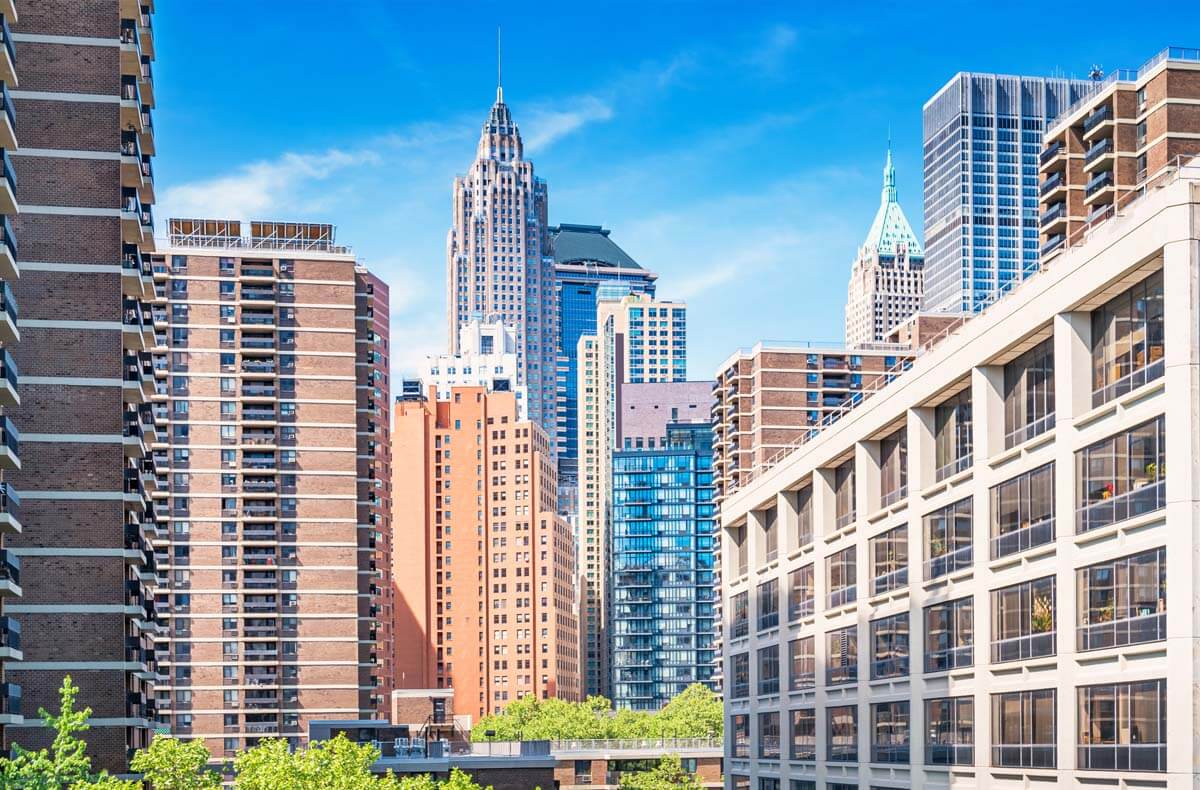
Headlines and conversations alike are filled with speculation amid stock market volatility, rising interest rates, and notable inflation. Are we headed into a bear market?
Bull or bear, the impact on the New York City real estate market remains—as of yet—unseen. The demand in 2021 was historic and today’s market shows no sign of dramatic price decreases, underscoring a renewed commitment to the American Dream of homeownership.
This commitment is exemplified by millennials, our biggest segment of buyers today. Ranging in age from 28-42 and representing the largest cohort of adults worldwide, millennials symbolize a shift in mindset that owning a home matters. Although slower to enter the market than their parents once were, their very presence has been transformative, spurring increased reliance on technology at every step of the homebuying process.
I remember when the mortgage crisis hit in 2008, it was a mad scramble of chaos punctuated by uncertainty. Looking back, a runaway train is a fitting image to describe what the real estate market felt like at the time.
Buyers walked away from big deposits, unable or unwilling to close. As a result, market supply increased, and prices declined. Global finance titans like Lehman Brothers closed their doors leaving people like my friend who was one day gainfully employed, without a job or an income the next. I watched his world spin into uncertainty.
Emotions ran high during the crash because fear dominated our financial narrative.
Real estate professionals were left scratching their heads, wondering how in the world banks lent money to people with bad credit and offered 100% financing—and in some cases even more.
New York City, however, remained fairly insulated from foreclosure, as most of our residential housing inventory is comprised of cooperatives. In other words, even after mortgage approval, a buyer goes through a lengthy financial assessment by the building’s Board. The Board scrutinizes the buyer’s financial standing to ensure their ability to pay their mortgage and maintenance every month, while still maintaining a decent savings, retirement, and income. If the Board is not satisfied, the purchase was simply not approved.
Fast forward to 2021. It was a year we will always remember because it was so incredibly fluid for real estate purchasing. Much of our success was inspired by pent up demand from the 2020 COVID market shutdown, so perhaps we were destined to be lucky. Universally, people reassessed how they live, whether they wanted outdoor space, a home office, larger kitchen, or fresh start. We were all stuck at home with varying circumstances, no one escaped the pandemic. As Peggy Noonan once wrote, “We were all in the same storm, just not the same boat.” This is so true, although some appeared to have yachts while others went to great lengths to keep their dinghies afloat. But as we collectively emerge from the storm, we have learned to function and live with the pandemic.
As we enter our second month of 2022, although there is talk of some doom and gloom beginning to bubble up, I think we are in a decent place when it comes to real estate. The issue is one of supply rather than a desire to purchase.
The good news for New York City in 2022 is that we have alignment on the city and state levels with Governor Hochul and Mayor Adams collaborating in their commitment to the recovery of our iconic home. They understand that a reduction in crime is the number one priority, because without a sense of safety, absolutely nothing else matters. It is paramount to the health and vitality of our city and having leadership that recognizes that is, as we New Yorkers like to say, huge!
Additionally, our new administration also understands that they represent all people, not just a Twitter following. Therefore businesses, real estate, the police, teachers, affordable housing, and the MTA are intertwined and equally prioritized. It is not simple, real work needs to be done—we cannot Tweet our way to safety or a better city.

